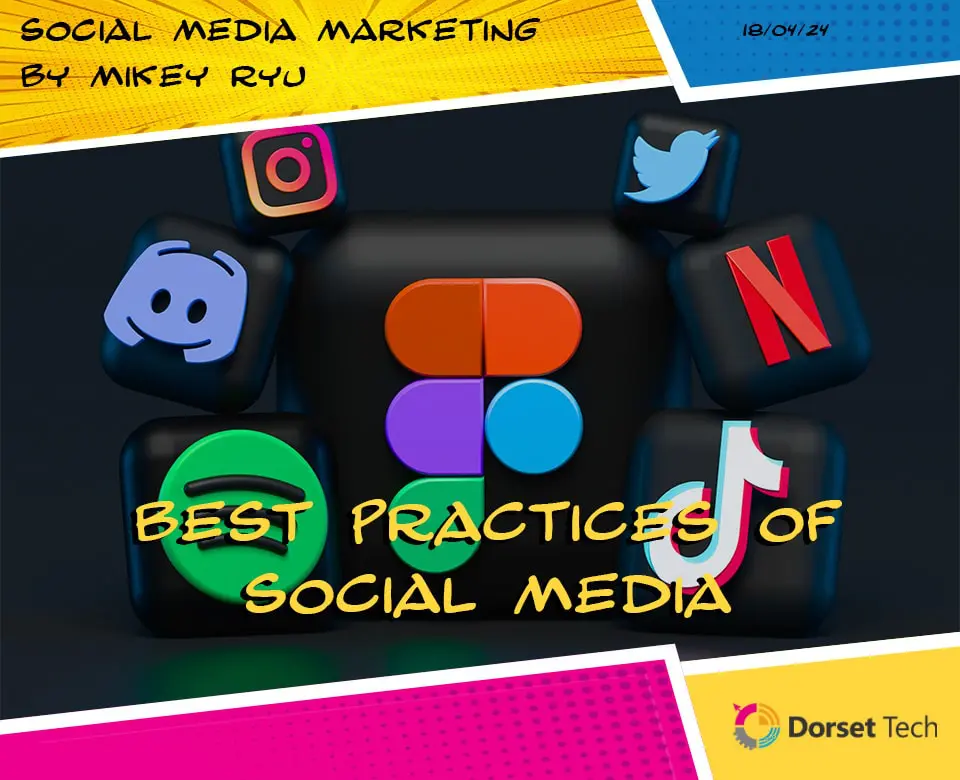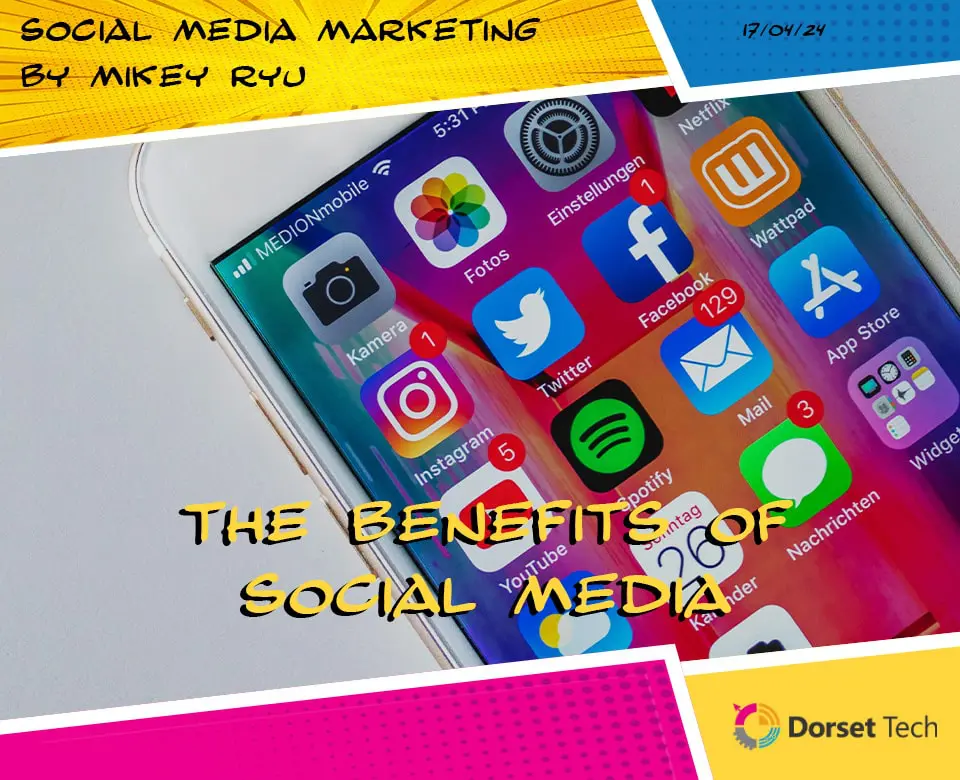
How to use Social Media to Sell Your Businesses Story
In the digital age, storytelling has emerged as a powerful tool for businesses to connect with their audience, differentiate themselves from competitors, and foster brand loyalty. Social media platforms have become the primary vehicles through which businesses can share their narratives, engage with customers, and ultimately drive sales. In this blog, we’ll explore the strategies and best practices for leveraging social media to sell your business’s story effectively, from crafting compelling content to engaging with your audience and measuring success.
Define Your Story and Unique Selling Proposition (USP):
Before embarking on your social media storytelling journey, it’s essential to define your business’s story and unique selling proposition (USP). What sets your brand apart from competitors? What values and mission drive your business? Take the time to articulate your story in a concise and compelling manner, highlighting what makes your brand special and why customers should choose you over alternatives. Your story should resonate with your target audience and evoke emotions that inspire action.
Know Your Audience and Choose the Right Platforms:
Understanding your target audience is key to effectively selling your business’s story on social media. Conduct market research to identify demographic information, interests, and pain points of your ideal customers. Once you have a clear understanding of your audience, choose the social media platforms where they are most active. Whether it’s Facebook, Instagram, Twitter, LinkedIn, or niche platforms relevant to your industry, focus your efforts on platforms where you can reach and engage with your target audience effectively.
Craft Compelling Content:
Content is the cornerstone of social media storytelling. To sell your business’s story effectively, create content that resonates with your audience, communicates your brand message, and adds value to their lives. This can include a variety of formats such as blog posts, videos, infographics, podcasts, and user-generated content. Tailor your content to the preferences of each social media platform, leveraging features like Instagram Stories, Twitter threads, and LinkedIn articles to engage your audience in different ways.
Humanise Your Brand and Showcase Authenticity:
In the age of social media, authenticity is paramount. Humanise your brand by showcasing the people behind the business, sharing behind-the-scenes glimpses, and highlighting customer stories and testimonials. Authenticity builds trust and credibility with your audience, making them more receptive to your business’s story. Be transparent and genuine in your interactions, and strive to foster meaningful connections with your followers.
Engage with Your Audience and Foster Community:
Social media is a two-way conversation. Engage with your audience by responding to comments, answering questions, and acknowledging feedback. Encourage conversation and interaction by asking questions, running polls, and soliciting user-generated content. By fostering a sense of community around your brand, you can cultivate loyal followers who are emotionally invested in your business’s story and more likely to become customers and advocates.
Leverage Influencers and Strategic Partnerships:
Influencer marketing can be a powerful tool for amplifying your business’s story and reaching new audiences. Identify influencers in your niche who align with your brand values and target audience, and collaborate with them to create authentic content that showcases your business’s story. Additionally, explore opportunities for strategic partnerships with complementary businesses or organisations to expand your reach and amplify your message.
Measure Success and Iterate:
As with any marketing strategy, it’s essential to measure the success of your social media storytelling efforts and iterate based on the insights gained. Use social media analytics tools to track key metrics such as engagement, reach, website traffic, and conversions. Analyse this data regularly to identify what’s working well and where there’s room for improvement. Adjust your strategy accordingly, experimenting with different content types, posting schedules, and messaging to optimise your results over time.
Conclusion:
In conclusion, social media offers businesses a powerful platform for selling their story, connecting with customers, and driving sales. By defining your story and USP, knowing your audience, crafting compelling content, humanising your brand, engaging with your audience, leveraging influencers and strategic partnerships, and measuring success, you can effectively use social media to sell your business’s story and achieve your marketing objectives. Embrace the power of digital storytelling, and watch as your business’s narrative captivates and resonates with audiences around the world.





















